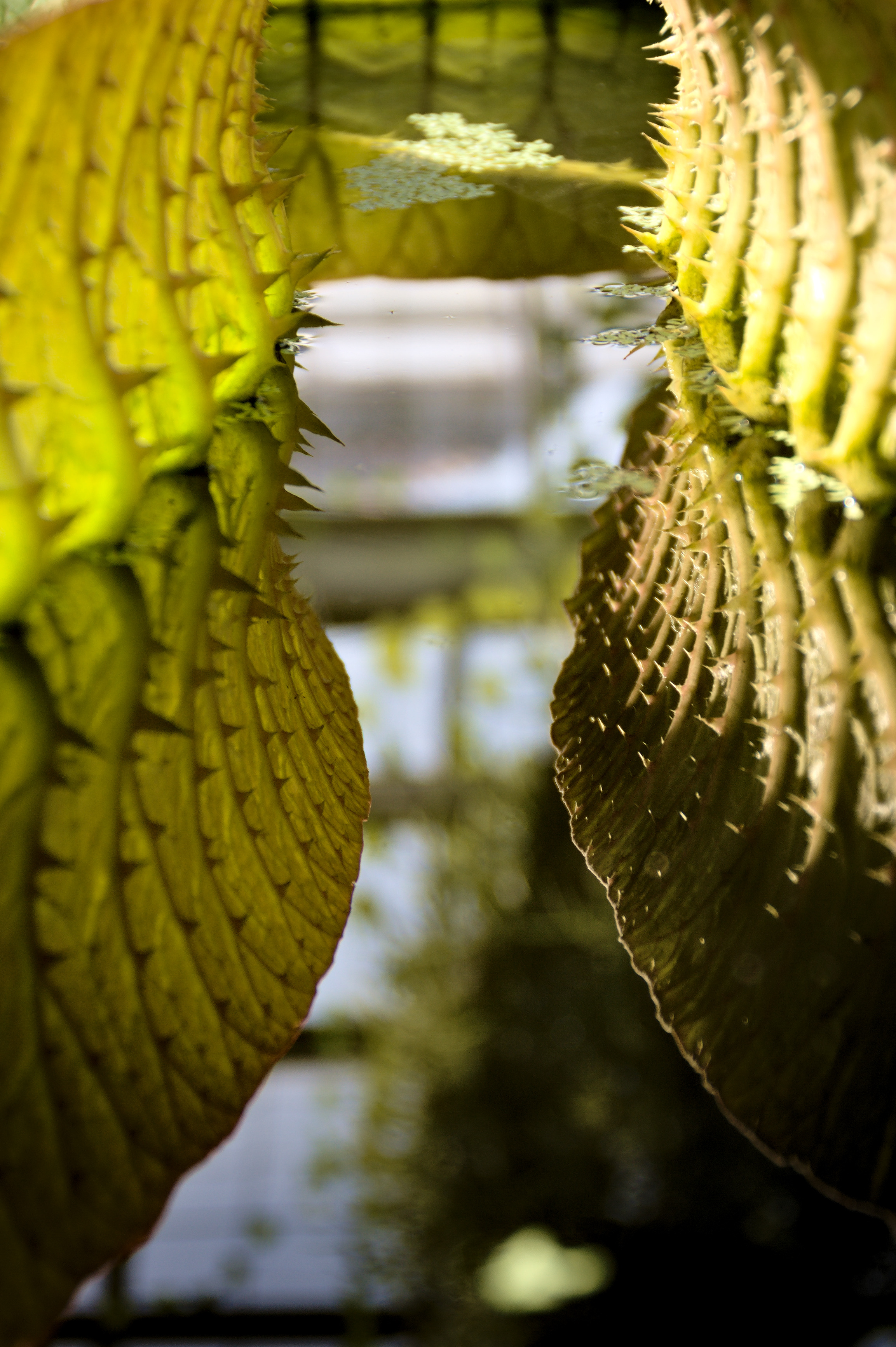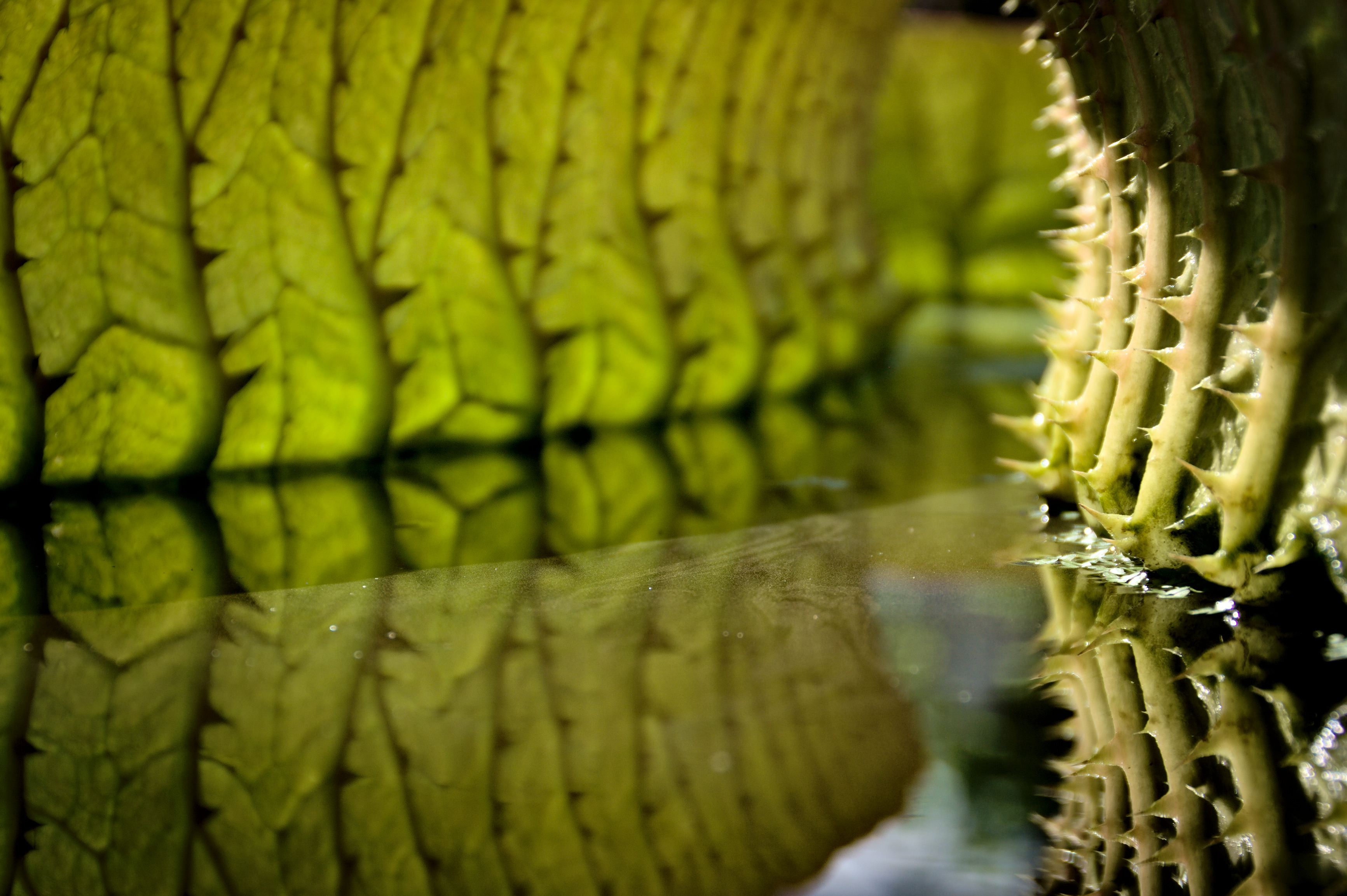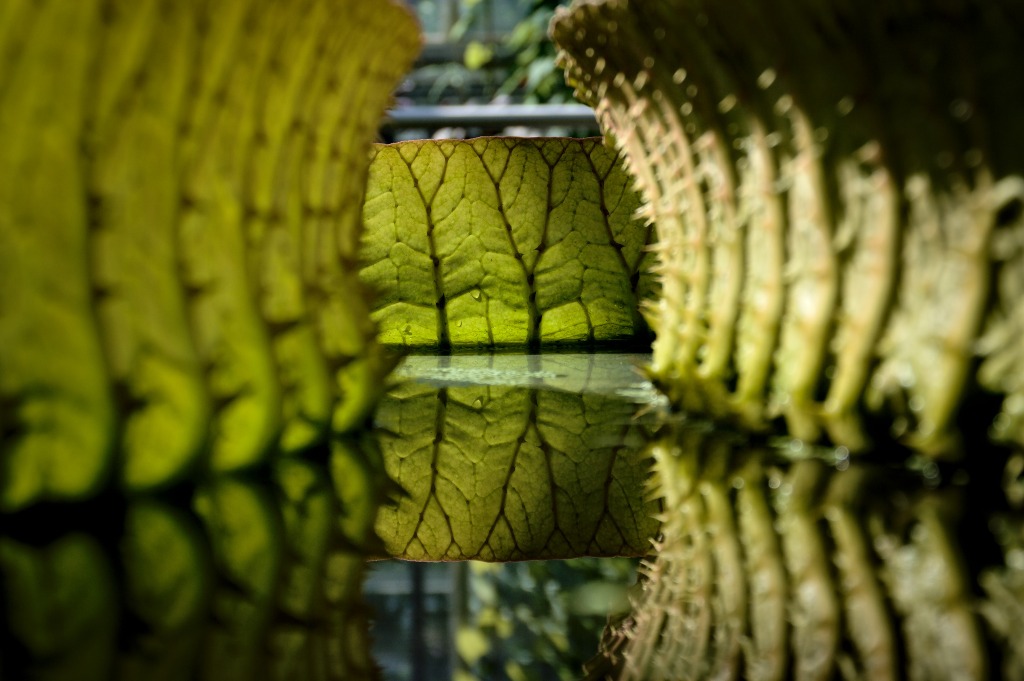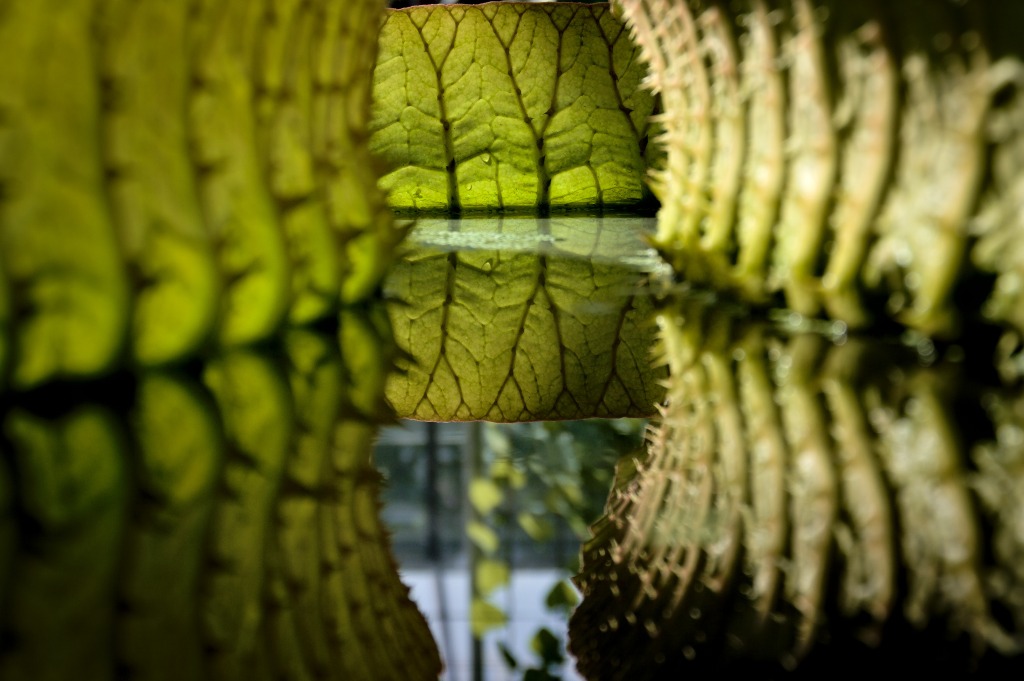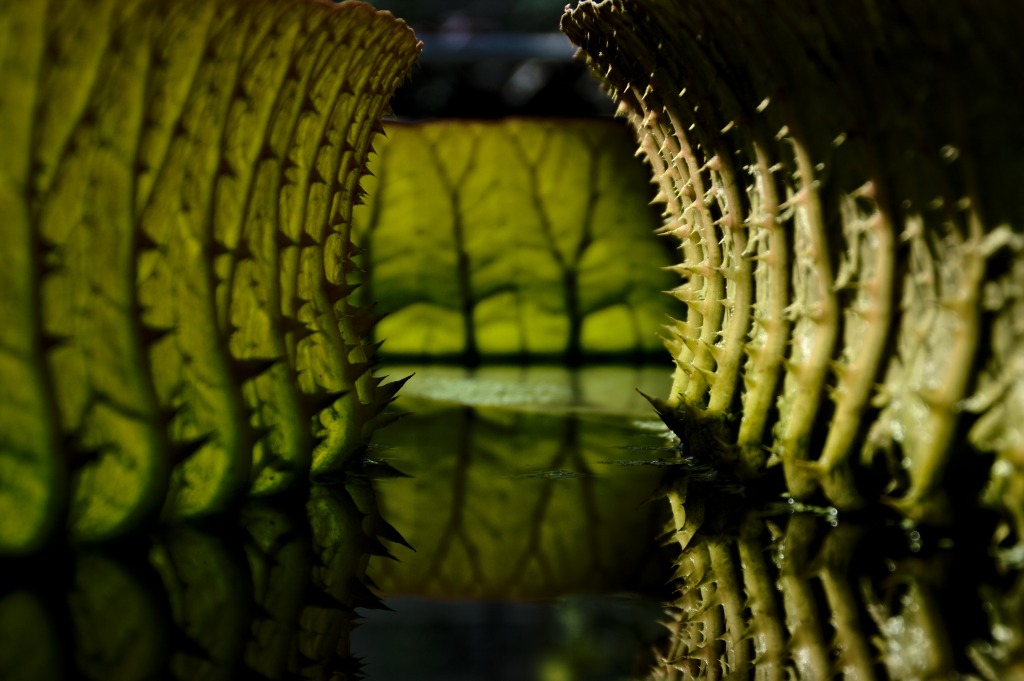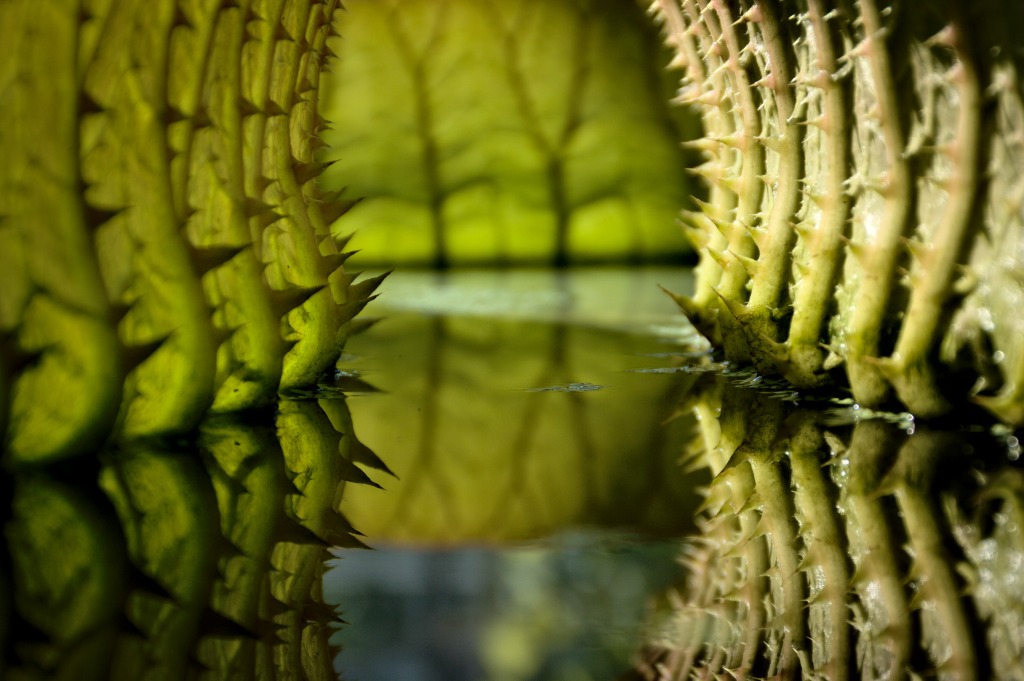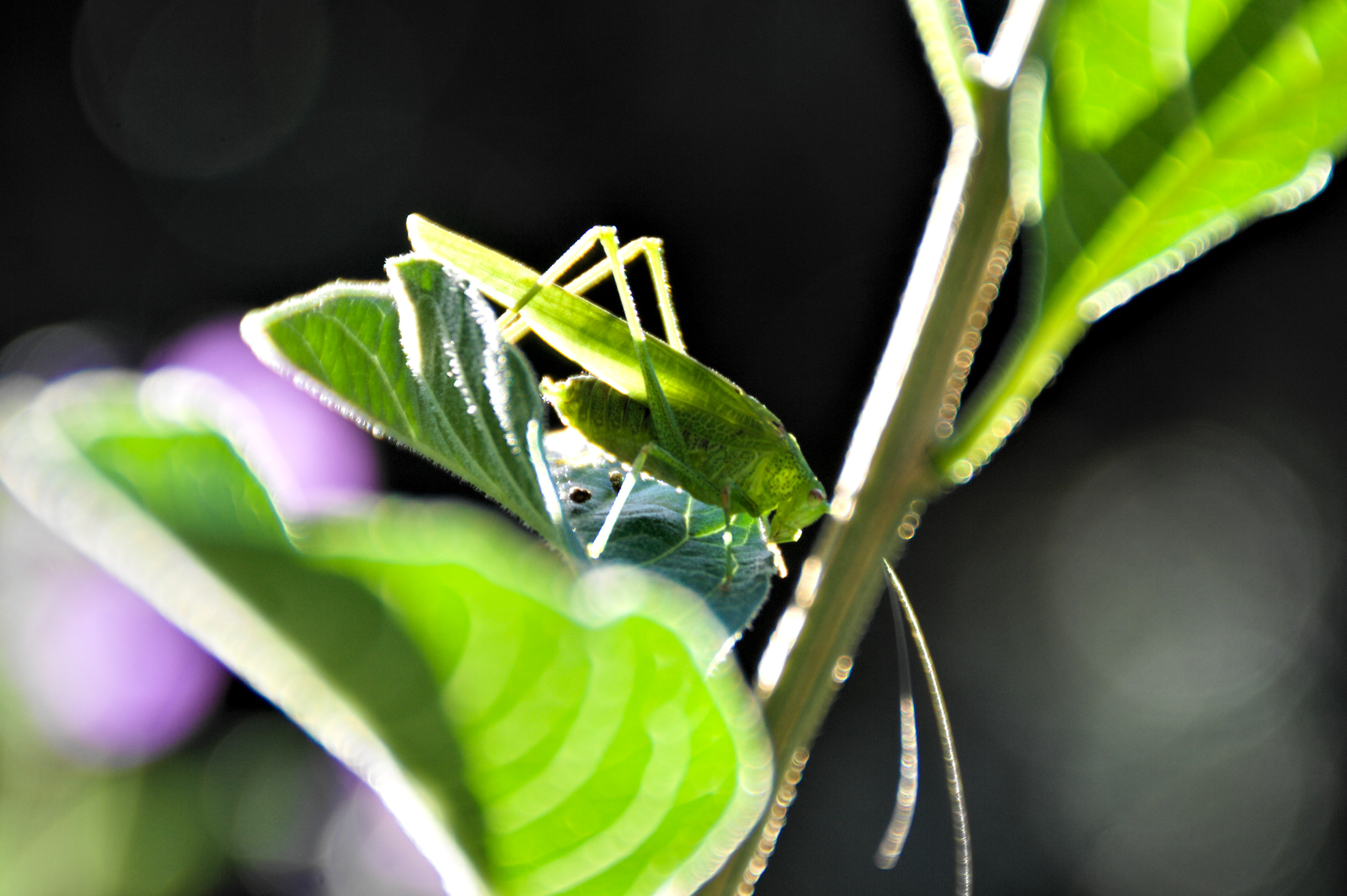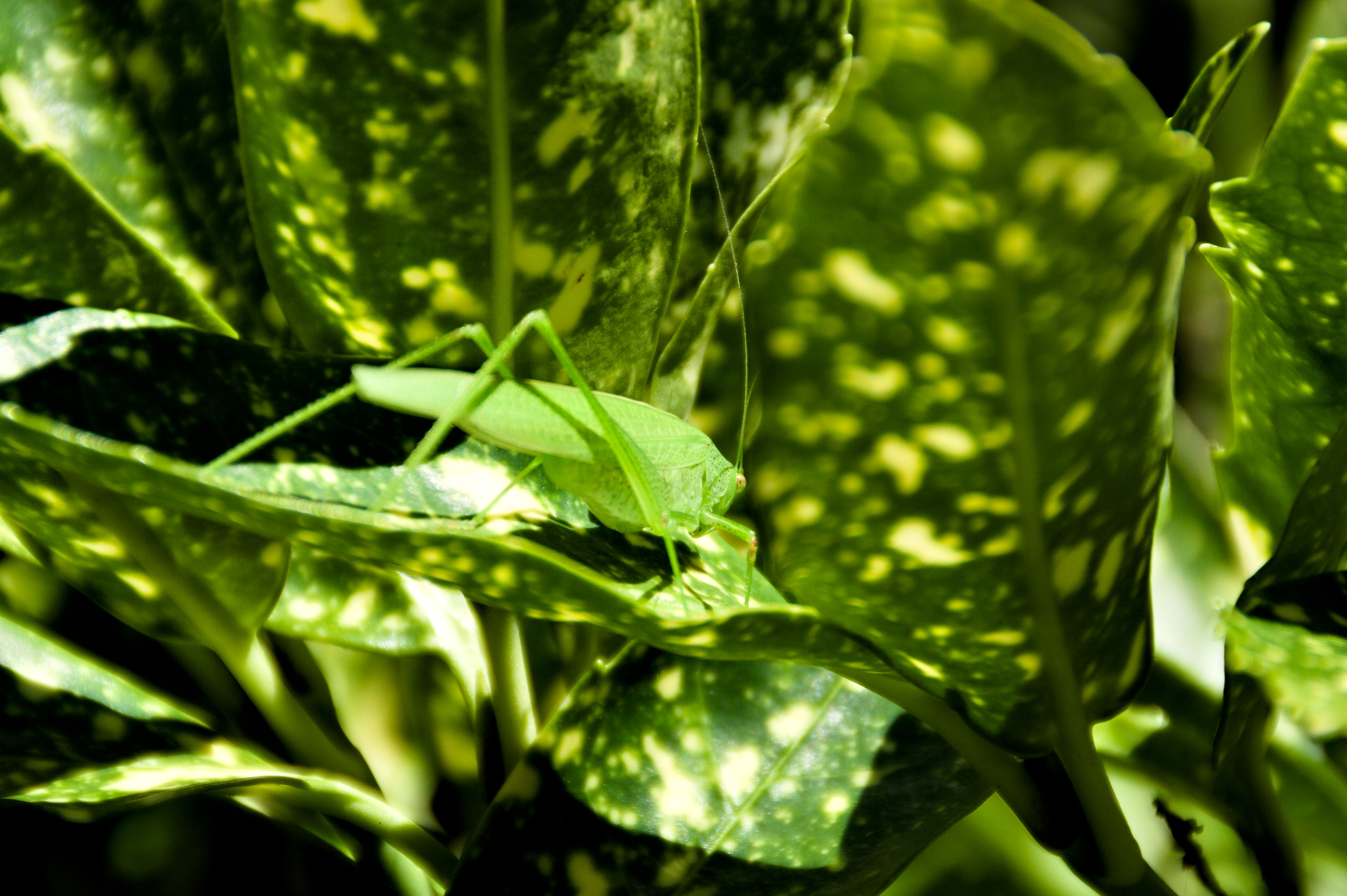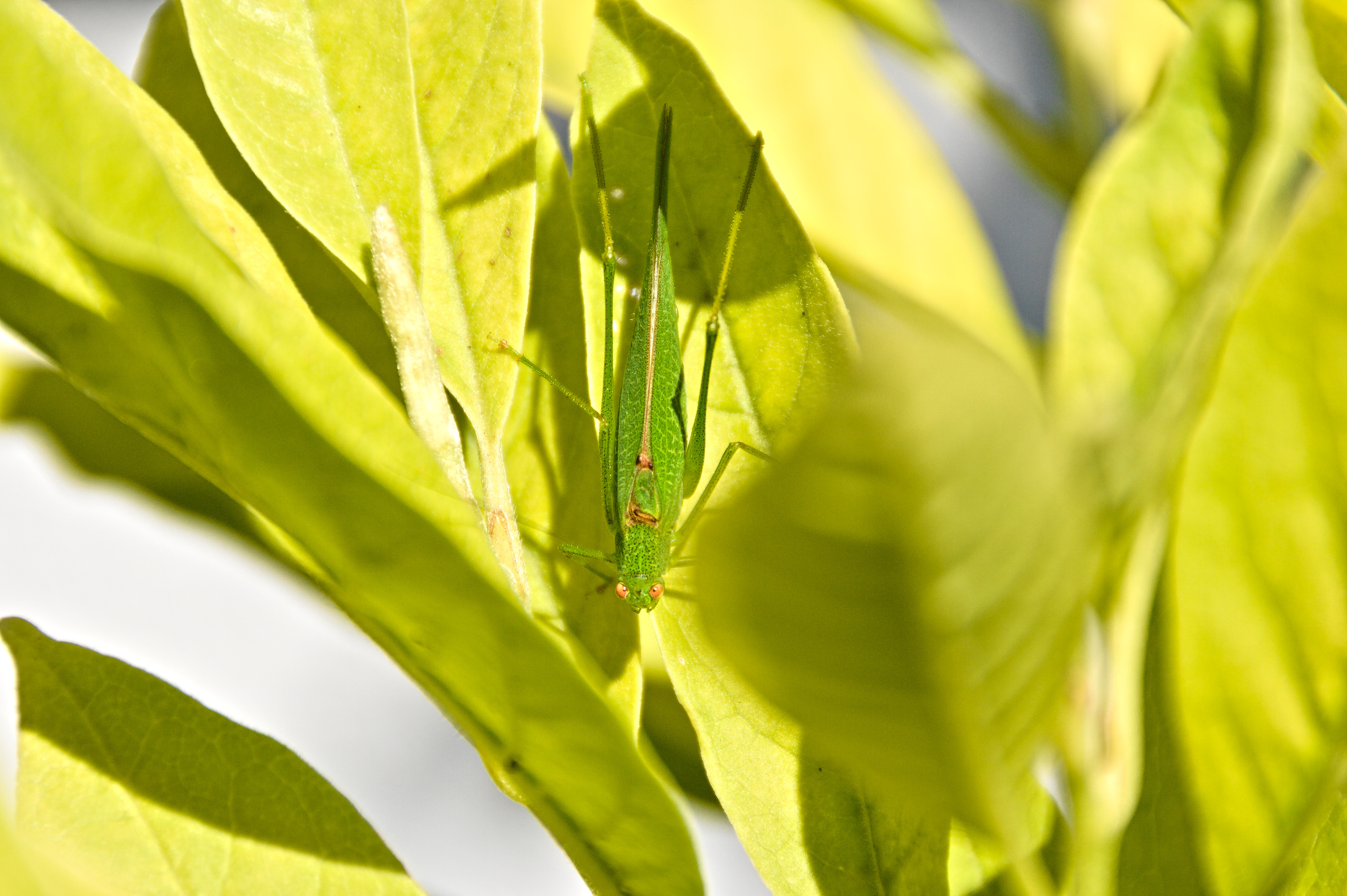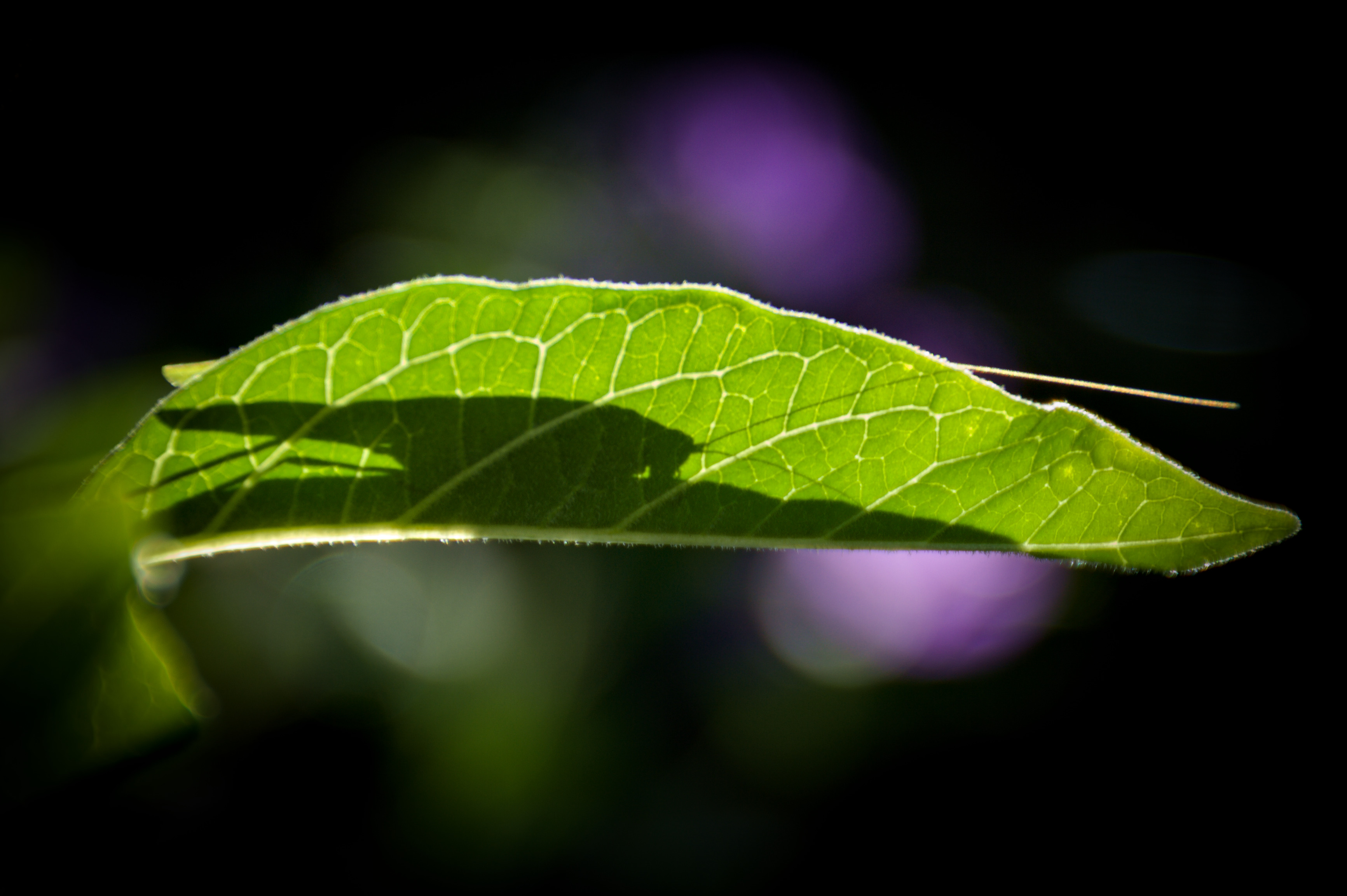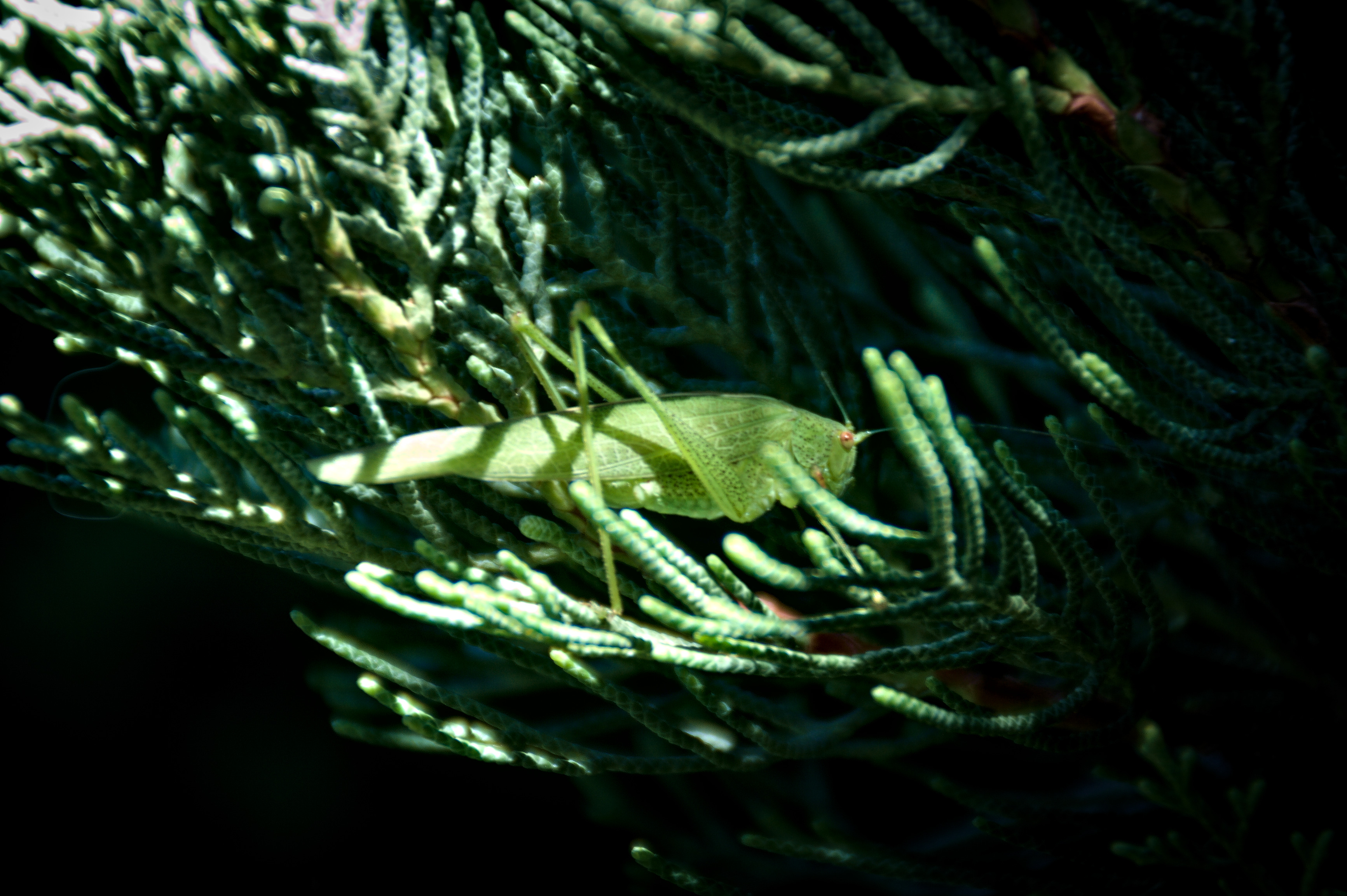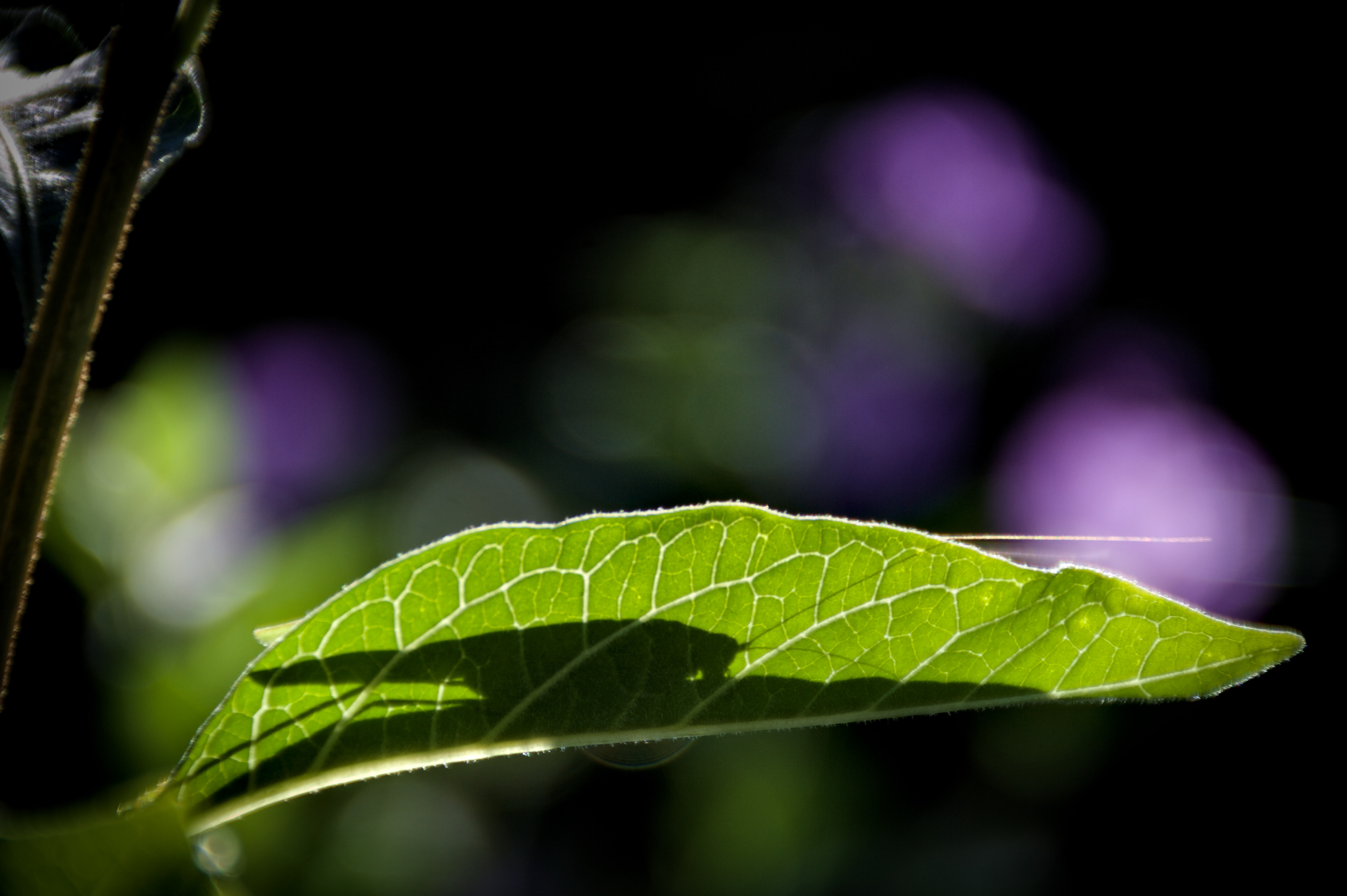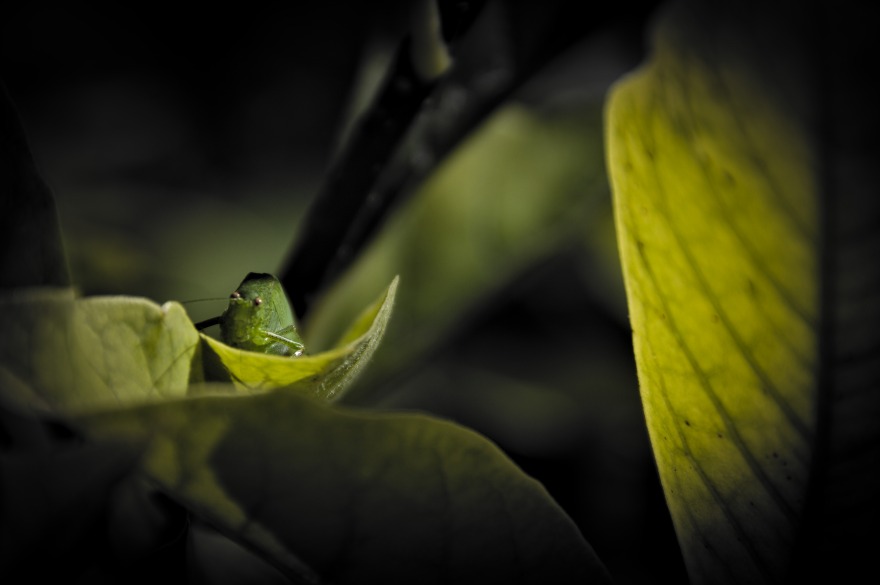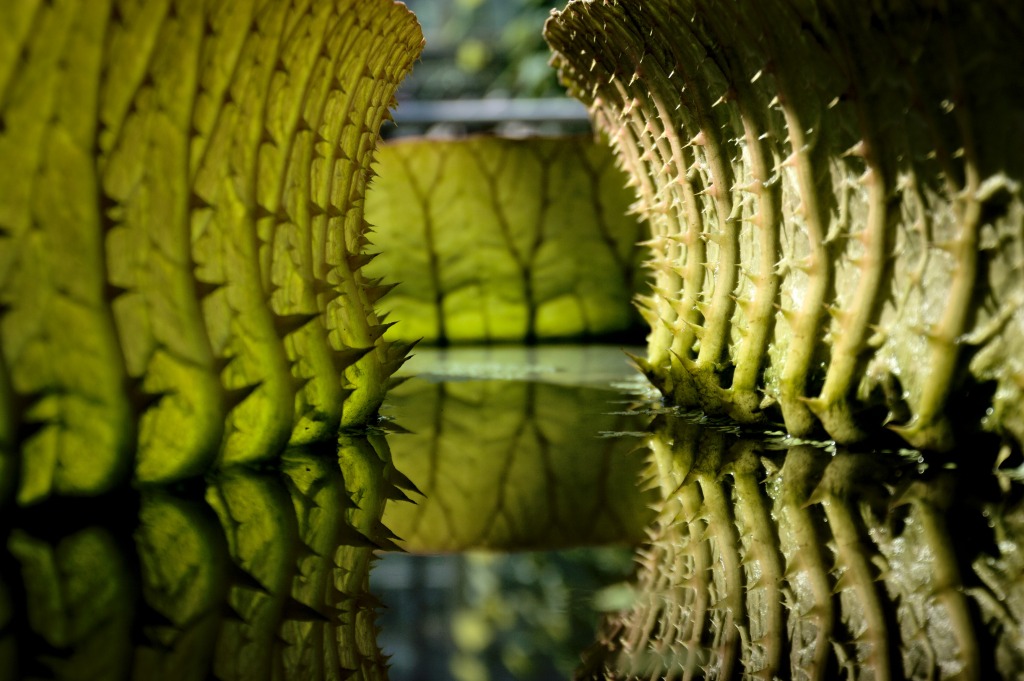
Across the street lingers the entrance to a whole different world: the Victorian greenhouses of my city’s botanical garden. Their main attraction is an artificial pond inhabited by the giant water lilly Victoria cruziana. Its enormous leaves cover the main part of the water surface, their rims bend upwards revealing a series of spikes along the vessels. Impressive by their size alone, their true magic unfolds as soon as you take a closer look at their structural details. Come with me on a quest through this Victorian jungle!
Although the leaves shine in a bright green colour, their undersides show distinct reddish hues. This results in interesting colour contrasts when captured in the same frame. Additionally, the structural difference of the smooth surface and the strong veins along the underneath adds to the tension.
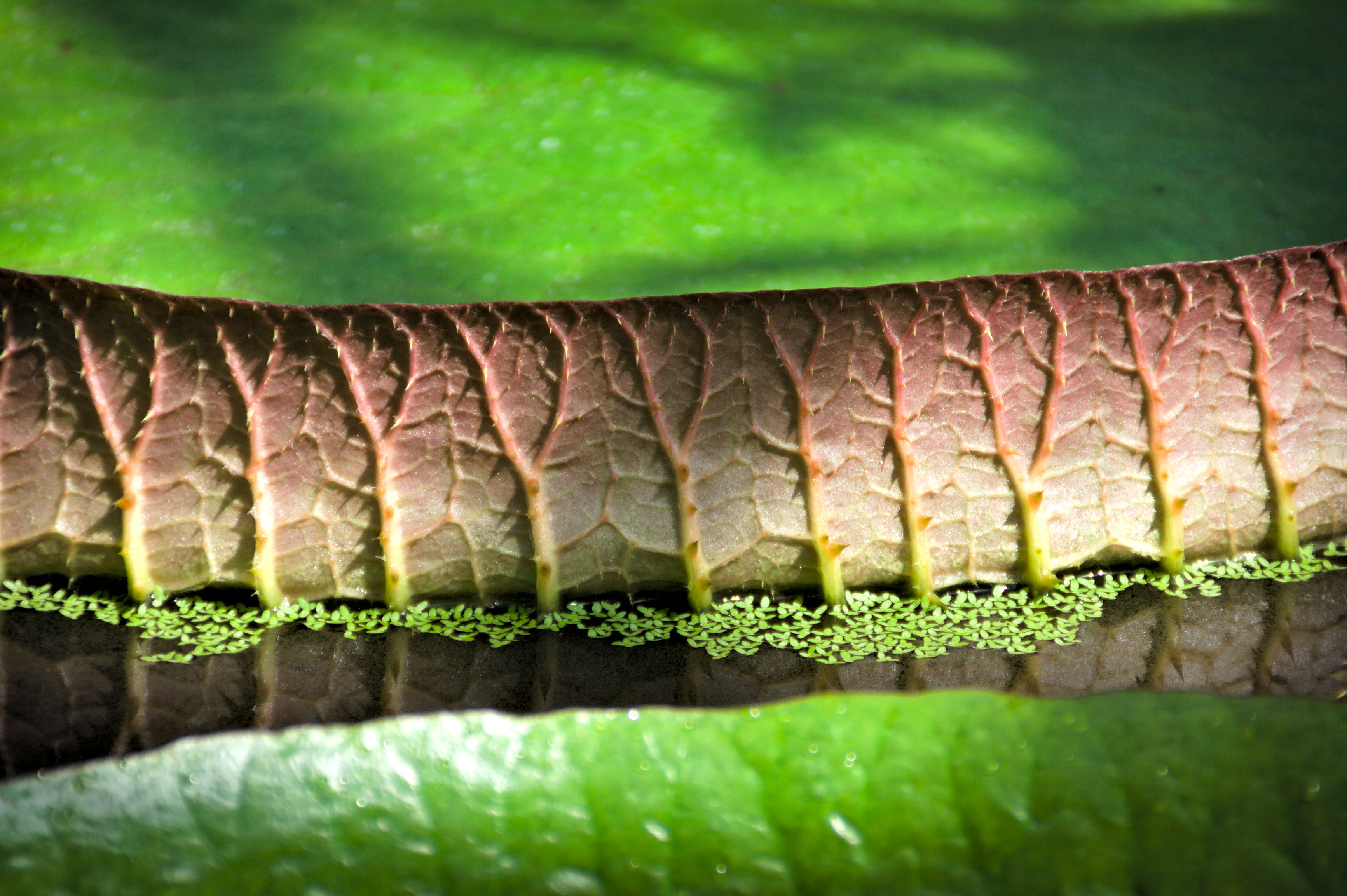
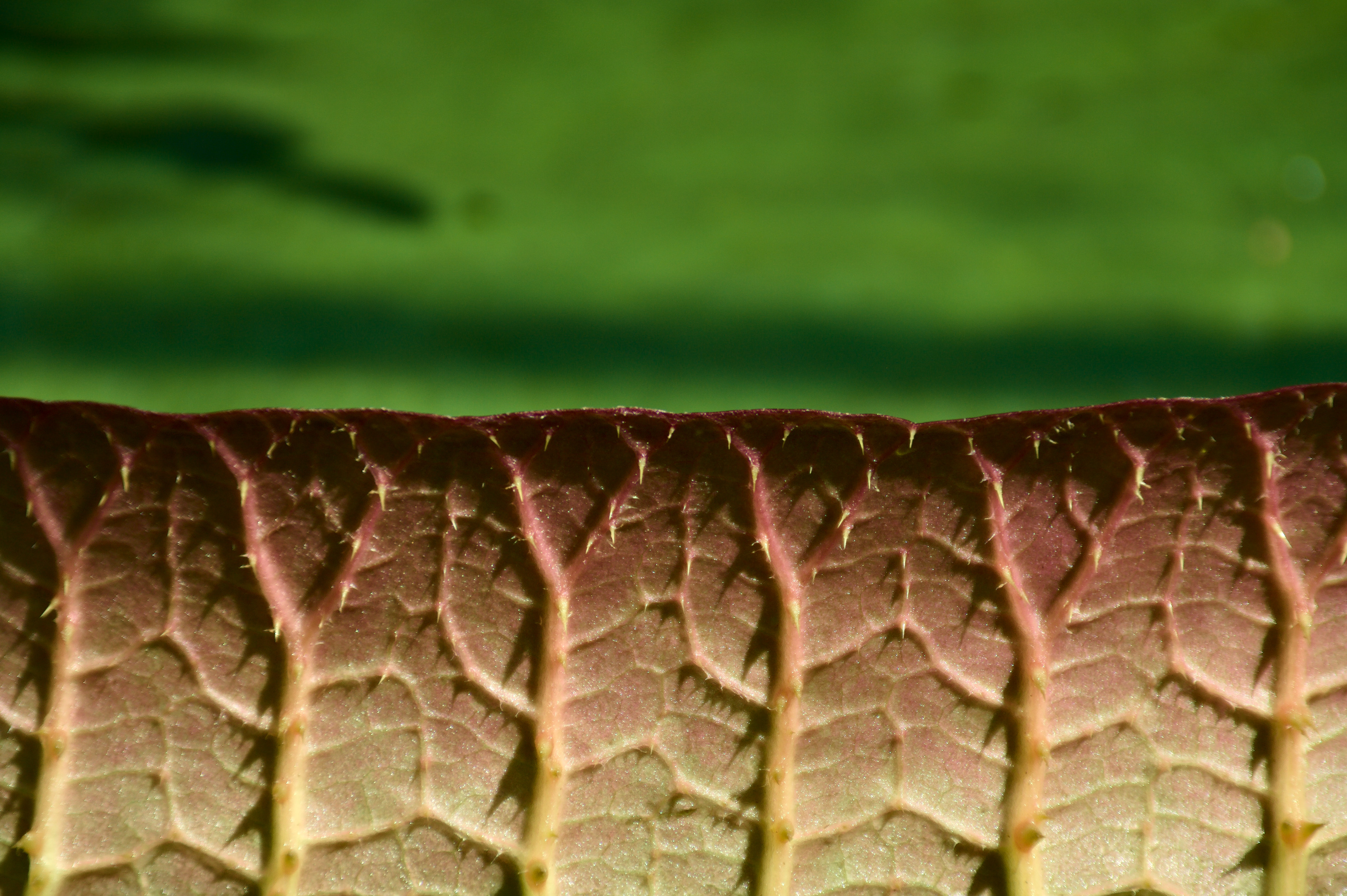

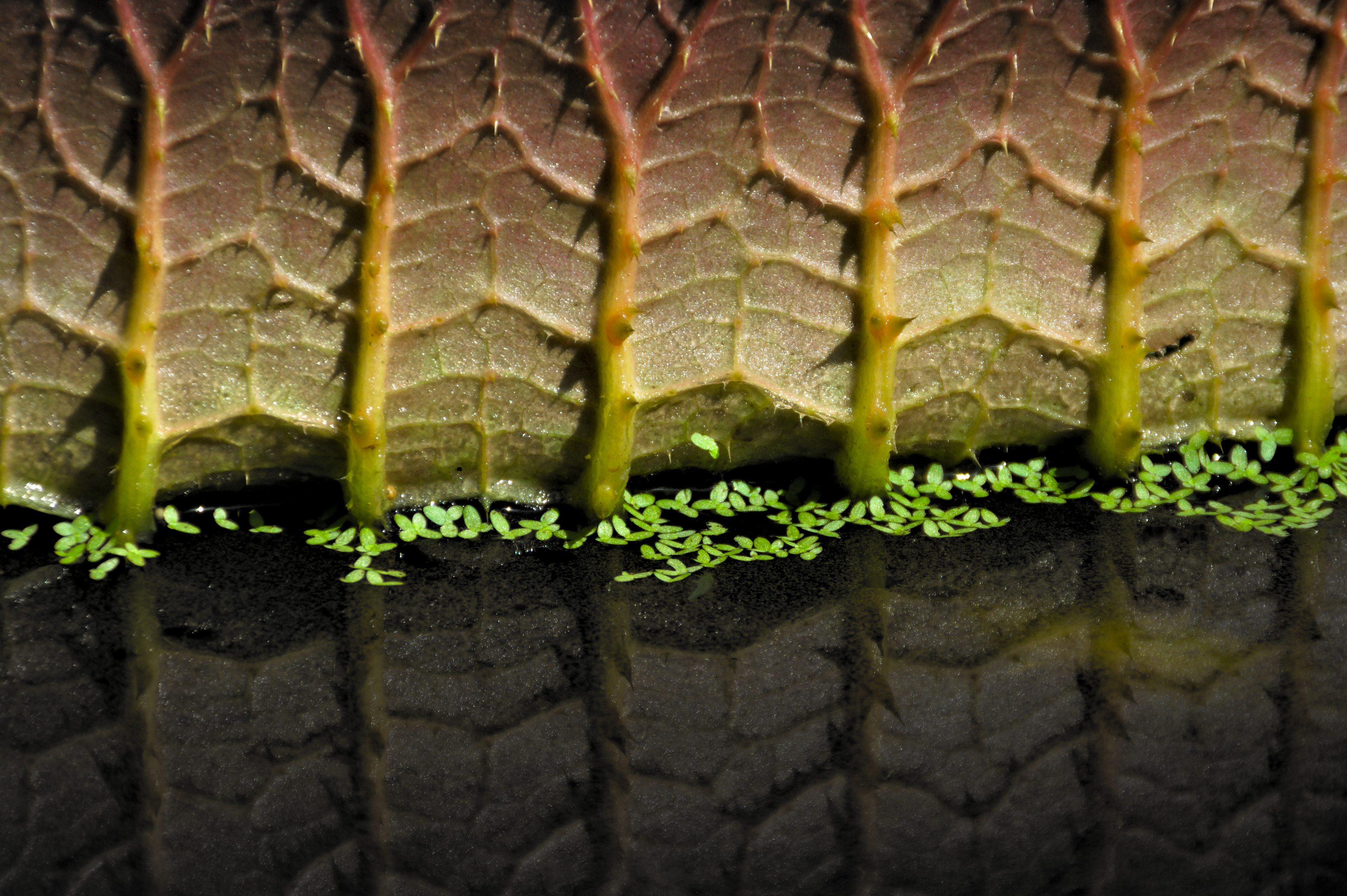
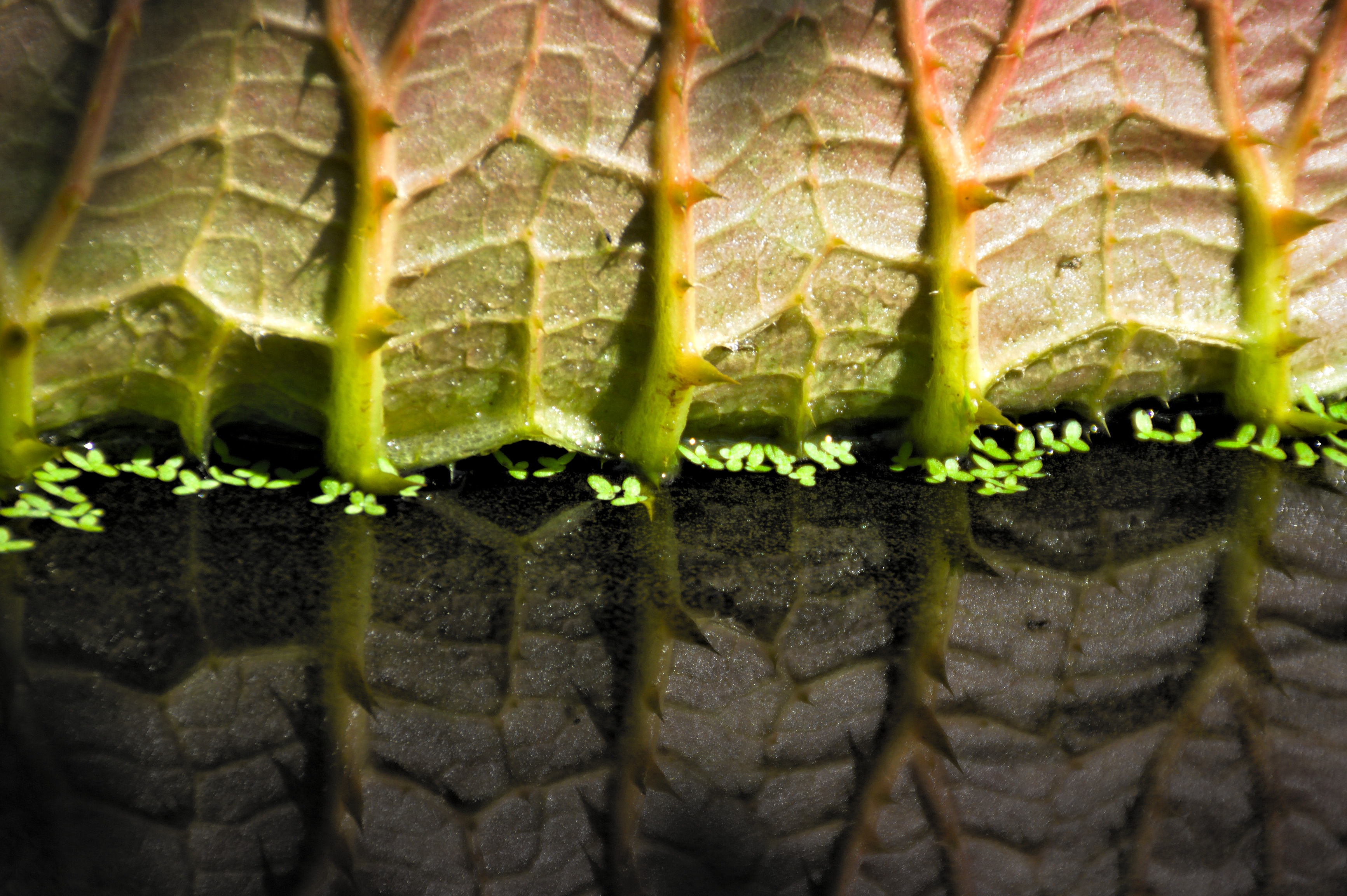
Of course, giant water lillies aren’t cultivated for their impressive leaves alone. They do produce giant flowers, too. However, they are blooming only during a few nights in August, which is celebrated each year by visitors and photographers alike. The botanical garden even extends its opening hours especially for this event.


What I like most about this pond is its smooth water surface since there is no wind to disturb it (and no crocodiles). I love the mirror effects of the leaf structures and their reflections. Depending on what details are in the frame you can create wonderful abstract patterns and illusions of an exotic forest. Just imagine sitting on a canoe rowing through the channels between these huge spike covered green walls!

